Home>Furniture>Kitchen Furniture>How Much Electricity Does An Induction Cooktop Use
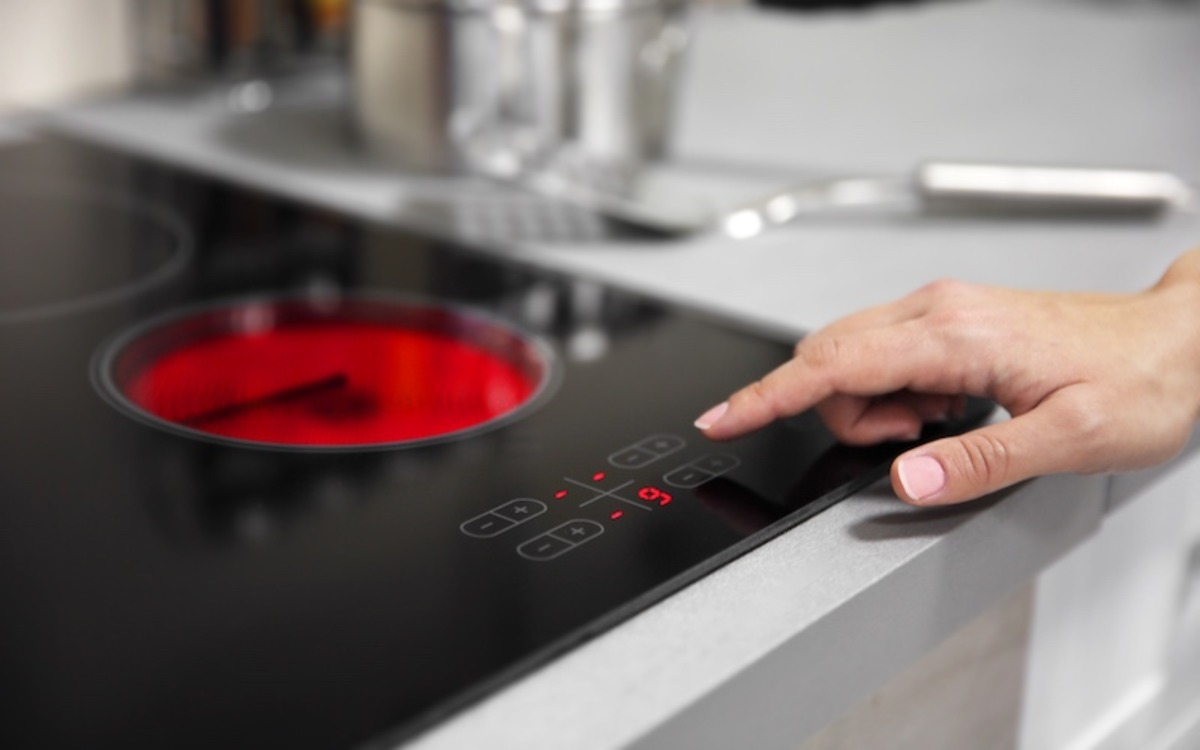

Kitchen Furniture
How Much Electricity Does An Induction Cooktop Use
Modified: February 26, 2024
Discover the energy-saving benefits of induction cooktops and learn how much electricity they use with our informative articles on this topic.
(Many of the links in this article redirect to a specific reviewed product. Your purchase of these products through affiliate links helps to generate commission for Storables.com, at no extra cost. Learn more)
Introduction
In today’s modern kitchen, induction cooktops have become increasingly popular due to their efficiency and convenience. These cooktops, which use electromagnetic technology to heat pots and pans directly, offer numerous advantages over traditional gas or electric stoves. However, a common concern among homeowners is how much electricity an induction cooktop consumes and how it compares to other cooking methods.
In this article, we will delve into the world of induction cooktops and explore the factors that influence their electricity usage. We will also provide insights on understanding power ratings and estimating electricity consumption. Finally, we will share some practical tips for reducing electricity usage while using an induction cooktop.
Whether you are considering purchasing an induction cooktop or you already have one installed in your kitchen, understanding its electricity usage can help you make informed decisions and optimize your energy consumption.
Let’s dive in and uncover the mysteries of electricity usage in induction cooktops!
Key Takeaways:
- Induction cooktops offer efficient, precise, and safe cooking with minimal heat loss, reducing energy consumption and providing a modern kitchen experience.
- By understanding power ratings, optimizing cookware selection, and practicing energy-saving techniques, users can minimize electricity usage and contribute to a sustainable kitchen environment.
What is an induction cooktop?
An induction cooktop is a modern kitchen appliance that uses electromagnetic technology to heat cookware directly. Unlike conventional stoves that rely on gas or electricity to generate heat, induction cooktops rely on an invisible electromagnetic field to transfer heat to the pot or pan.
The key component of an induction cooktop is the induction coil located beneath the glass surface. When an electric current passes through the coil, it produces a magnetic field. When a compatible magnetic cookware is placed on the cooktop, the magnetic field induces electrical currents in the cookware, which in turn generates heat. This heat is then transferred to the food inside the cookware, allowing for efficient and precise cooking.
Induction cooktops offer several benefits compared to traditional cooking methods. First and foremost, they provide faster heating times. Since the heat is generated directly in the cookware, there is minimal heat loss, resulting in faster cooking times and reduced energy consumption.
Another advantage of induction cooktops is their precise temperature control. With multiple power settings and instant response to adjustments, you have the ability to maintain consistent and accurate temperatures while cooking. This is particularly useful for delicate dishes that require precise temperature control.
In addition, induction cooktops are incredibly safe to use. The glass surface remains relatively cool during operation, reducing the risk of burns. Moreover, induction cooktops have built-in safety features such as automatic shut-off and child lock functions, providing peace of mind for households with young children.
It’s important to note that not all cookware is compatible with induction cooktops. The cookware must have a magnetic base, such as cast iron or stainless steel, for the induction technology to work effectively. Aluminum, copper, and glass cookware will not work on an induction cooktop unless they have a separate magnetic disc attached to the bottom.
Now that we have a solid understanding of what an induction cooktop is, let’s explore how it works in more detail.
How does an induction cooktop work?
Understanding how an induction cooktop works can help unravel the magic behind its efficiency and speed. As mentioned earlier, induction cooktops use electromagnetic technology to heat pots and pans directly. Let’s break down the process step by step.
1. Electromagnetic field: The key component of an induction cooktop is the induction coil located beneath the glass surface. When an electric current passes through this coil, it generates a magnetic field.
2. Magnetic field and the cookware: When a compatible magnetic cookware is placed on the cooktop, the magnetic field induces electrical currents in the cookware. These electrical currents create a resistance within the cookware, which in turn generates heat. The heat is then transferred to the food inside the cookware.
3. Energy efficiency: One of the significant advantages of an induction cooktop is its energy efficiency. Since the heat is generated directly in the cookware, there is minimal heat loss. Unlike traditional gas or electric stoves, where a significant amount of heat escapes into the surroundings, induction cooktops focus the heat directly on the cookware, resulting in reduced cooking times and energy consumption.
4. Temperature control: Induction cooktops offer precise temperature control. They respond quickly to adjustments, allowing you to achieve and maintain specific cooking temperatures. The ability to fine-tune the heat level is ideal for delicate cooking tasks such as simmering sauces or melting chocolate.
5. Safety features: Induction cooktops are designed with safety in mind. The glass surface remains relatively cool during operation, reducing the risk of burns. Additionally, most induction cooktops have built-in safety features such as automatic shut-off and child lock functions to prevent accidents.
While the technology behind induction cooktops may seem complex, using them is actually quite simple. Just place your compatible magnetic cookware on the cooktop, select the desired power level or temperature setting, and let the induction cooktop do the rest.
Now that we understand the working principle of an induction cooktop, let’s explore the factors that can affect its electricity usage.
Factors affecting electricity usage in induction cooktops
The electricity usage of an induction cooktop can vary depending on several factors. Understanding these factors can help you optimize your energy consumption and make informed choices while using your induction cooktop.
1. Power settings: Induction cooktops offer various power settings, allowing you to adjust the heat level based on your cooking needs. Higher power settings consume more electricity compared to lower settings. Using the highest power setting for extended periods will result in higher energy consumption. To save energy, consider using lower power settings whenever possible.
2. Cookware size: The size of the cookware you use on your induction cooktop can affect its electricity usage. When cooking with a smaller pan on a larger cooking zone, a significant amount of heat can be lost around the edges. This can result in higher electricity consumption as the cooktop works harder to maintain the desired cooking temperature. Conversely, using a pan that is too large for the cooking zone may result in energy wastage. Selecting cookware that matches the size of the cooking zone can help optimize energy usage.
3. Cookware material: The material of your cookware can also impact electricity usage. Induction cooktops work most efficiently with magnetic cookware, such as cast iron or stainless steel. These materials allow for effective heat transfer and minimize energy loss. Non-magnetic materials like aluminum or copper may require higher power settings and longer cooking times, leading to increased energy consumption.
4. Cooking time: The duration of cooking plays a role in electricity consumption. It’s important to note that induction cooktops heat up quickly, so they require less time to reach the desired temperature compared to traditional stoves. Therefore, reducing cooking times can help save energy. Preparing ingredients in advance, using batch-cooking techniques, and utilizing the rapid heat-up feature of induction cooktops can help minimize energy usage.
5. Cooktop maintenance: Proper maintenance of your induction cooktop can contribute to its efficiency and electricity usage. Keep the cooktop surface clean and free from debris or food particles. Any residue on the surface can affect the transfer of heat, resulting in longer cooking times and increased energy consumption. Regularly cleaning and maintaining your induction cooktop will ensure optimal performance and energy efficiency.
By considering these factors and implementing energy-saving practices, you can reduce the electricity usage of your induction cooktop without compromising on cooking performance. Now let’s explore how to understand the power ratings of induction cooktops.
Induction cooktops are more energy-efficient than traditional electric or gas stoves. They use around 15-20% less electricity, making them a cost-effective and eco-friendly choice for cooking.
Understanding power ratings of induction cooktops
Power ratings are an important consideration when it comes to understanding the energy requirements of an induction cooktop. The power rating indicates the maximum amount of power that the cooktop can provide to the cookware. It is typically measured in watts (W) and can vary from one cooktop model to another.
When choosing an induction cooktop, it’s crucial to understand its power rating and how it relates to the energy consumption. Here are a few key points to consider:
1. Total power rating: The total power rating of an induction cooktop is the sum of the power ratings of each individual cooking zone. For example, if you have a cooktop with four cooking zones, each with a power rating of 1800W, the total power rating would be 7200W. Understanding the total power rating can give you an idea of the overall energy consumption capacity of the cooktop.
2. Power levels: Induction cooktops usually offer multiple power levels that can be adjusted for different cooking requirements. Each power level corresponds to a specific wattage output. For instance, the lowest power level might be around 200W, while the highest power level could reach the maximum power rating of the cooktop. Knowing the power levels available on your cooktop can help you select the appropriate setting for your cooking needs, thereby managing energy consumption more effectively.
3. Energy-saving functions: Some induction cooktop models come with energy-saving functions or features. These functions are designed to help minimize energy consumption during cooking. Common energy-saving features include automatic power adjustment based on cookware size or temperature sensors that regulate the heat output. Familiarize yourself with the energy-saving functions of your induction cooktop to maximize energy efficiency.
4. Induction technology advancements: Over time, induction cooktop technology has evolved, offering more energy-efficient options. Newer models may incorporate advanced features like power boost capabilities, which allow for rapid heating when necessary while still maintaining overall energy efficiency. Staying up-to-date with technological advancements in induction cooktops can provide insights into energy-saving opportunities.
Understanding the power ratings and features of your induction cooktop can guide you in managing energy consumption effectively. By selecting the appropriate power levels and utilizing energy-saving functions, you can optimize energy usage while still enjoying the benefits of a high-performing induction cooktop.
Next, let’s delve into how you can estimate the electricity consumption of your induction cooktop.
Read more: How To Use Summit Induction Cooktop
Estimating electricity consumption of induction cooktops
Estimating the electricity consumption of an induction cooktop can help you gauge its energy usage and make informed decisions to optimize efficiency. While the exact electricity consumption will vary based on factors such as cookware size, power levels, and cooking duration, there are a few general guidelines to consider.
1. Power rating: The power rating of your induction cooktop is a significant factor in estimating electricity consumption. The higher the power rating, the more energy it has the potential to consume. If you know the power rating of your cooktop, you can use it as a baseline for estimation.
2. Cooking time: The duration for which you use the induction cooktop will influence your electricity consumption. Cooking for longer periods naturally results in higher energy usage. Keeping a track of your cooking time, and minimizing it whenever possible, can help reduce electricity consumption.
3. Power levels: The power level you select for cooking affects the energy consumption of your induction cooktop. Higher power levels will consume more electricity compared to lower ones. Opting for lower power levels when appropriate can contribute to energy savings. Experiment with different power levels to find the sweet spot for your recipes.
4. Energy-saving practices: Various energy-saving practices can help reduce the electricity consumption of your induction cooktop. These practices include using correctly sized cookware, matching the cookware’s base diameter with the cooking zone, and utilizing lids to retain heat. Additionally, avoiding unnecessary preheating and utilizing residual heat for gentle simmering can further optimize energy usage.
5. Monitoring electricity usage: To get a more accurate estimate of electricity consumption, consider using a wattage meter or an energy monitor specifically designed for measuring appliance usage. These devices can provide real-time data on the energy consumption of your induction cooktop, allowing you to track usage patterns and adjust your cooking habits accordingly.
Remember that the electricity consumption of your induction cooktop can vary based on individual factors and cooking habits. It’s advisable to consult the manufacturer’s specifications and guidelines for more specific information regarding energy consumption for your particular model.
By considering the power rating, monitoring cooking time, selecting suitable power levels, practicing energy-saving techniques, and utilizing monitoring devices, you can estimate and manage the electricity consumption of your induction cooktop more effectively.
Now, let’s explore some practical tips to reduce electricity usage while using an induction cooktop.
Tips for reducing electricity usage in induction cooktops
While induction cooktops are already known for their energy efficiency, there are several tips you can follow to further reduce electricity usage and save even more energy. These tips focus on maximizing efficiency, proper cookware selection, and optimizing cooking techniques. Let’s explore them below:
1. Match cookware to the cooking zone: To ensure efficient heat transfer, use cookware that matches the size of the cooking zone. Using a larger pan on a smaller zone or vice versa can lead to energy wastage. By matching the size of the cookware to the cooking zone, you can maximize heat transfer and minimize energy consumption.
2. Use flat-bottomed cookware: Use flat-bottomed cookware with a smooth surface for optimal contact with the induction cooktop. Flat-bottomed pans provide better heat distribution, allowing for more efficient cooking and reducing energy wastage.
3. Utilize residual heat: Induction cooktops retain heat even after being turned off. Take advantage of this residual heat by turning off the cooktop a few minutes before the completion of your cooking. The remaining heat will continue cooking your food, using less electricity in the process.
4. Utilize the power boost function wisely: The power boost function of an induction cooktop provides a quick burst of high heat. While this feature can be convenient for rapid heating, it also consumes more electricity. To reduce overall energy usage, utilize the power boost function sparingly and only when necessary.
5. Keep lids on during cooking: Cooking with a lid on traps heat inside the cookware, reducing the cooking time and saving energy. The trapped heat creates a convection effect, allowing food to cook more quickly and efficiently. This technique is especially effective for boiling water or simmering dishes.
6. Optimize batch cooking: Batch cooking not only saves time but also energy. When using your induction cooktop, try to prepare multiple meals at once to make the most of the energy used. Heating multiple dishes in one cooking session saves time and reduces the overall electricity consumption throughout the day.
7. Clean the cooktop regularly: A clean cooktop surface ensures efficient heat transfer and reduces cooking times. Regularly clean your induction cooktop to remove any buildup or residue that may hinder heat transfer. This will allow for more efficient cooking and lower energy consumption.
8. Minimize preheating time: Induction cooktops heat up quickly, requiring less preheating time compared to other cooking methods. Unless specifically instructed by a recipe, try minimizing preheating time to conserve energy. The rapid heat-up capability of induction cooktops makes it unnecessary to keep them running for an extended period before cooking.
By following these tips, you can further maximize the energy-saving benefits of your induction cooktop. Not only will you reduce electricity usage, but you will also contribute to a greener and more sustainable kitchen.
Now, let’s summarize what we’ve learned about electricity usage in induction cooktops.
Conclusion
Induction cooktops have revolutionized the way we cook, offering efficiency, precision, and safety. Understanding the electricity usage of these innovative appliances is essential to optimize energy consumption without sacrificing cooking performance.
In this article, we explored the world of induction cooktops, learning about their functionality and the factors that affect their electricity usage. We discovered that induction cooktops work by utilizing electromagnetic technology to heat cookware directly, resulting in faster heating times, precise temperature control, and enhanced safety.
Factors such as power settings, cookware size, cookware material, and cooking time influence the electricity consumption of induction cooktops. By considering these factors and implementing energy-saving practices, such as using correctly sized cookware, matching cookware to the cooking zone, and utilizing residual heat, you can significantly reduce electricity usage and enhance energy efficiency.
Understanding power ratings, accessing energy-saving functions, and monitoring electricity consumption can give you a clearer picture of the energy requirements of your induction cooktop. By making informed decisions based on this knowledge, you can optimize energy usage while still enjoying the benefits of this modern kitchen appliance.
In conclusion, induction cooktops provide not only remarkable cooking performance but also the opportunity for energy savings. By practicing efficient cooking techniques, utilizing appropriate cookware, and adopting energy-conscious habits, you can minimize electricity consumption and contribute to a more sustainable kitchen environment.
So, let’s continue to embrace the technology and efficiency of induction cooktops while being mindful of our energy usage, creating a greener and more eco-friendly cooking experience for years to come.
Frequently Asked Questions about How Much Electricity Does An Induction Cooktop Use
Was this page helpful?
At Storables.com, we guarantee accurate and reliable information. Our content, validated by Expert Board Contributors, is crafted following stringent Editorial Policies. We're committed to providing you with well-researched, expert-backed insights for all your informational needs.
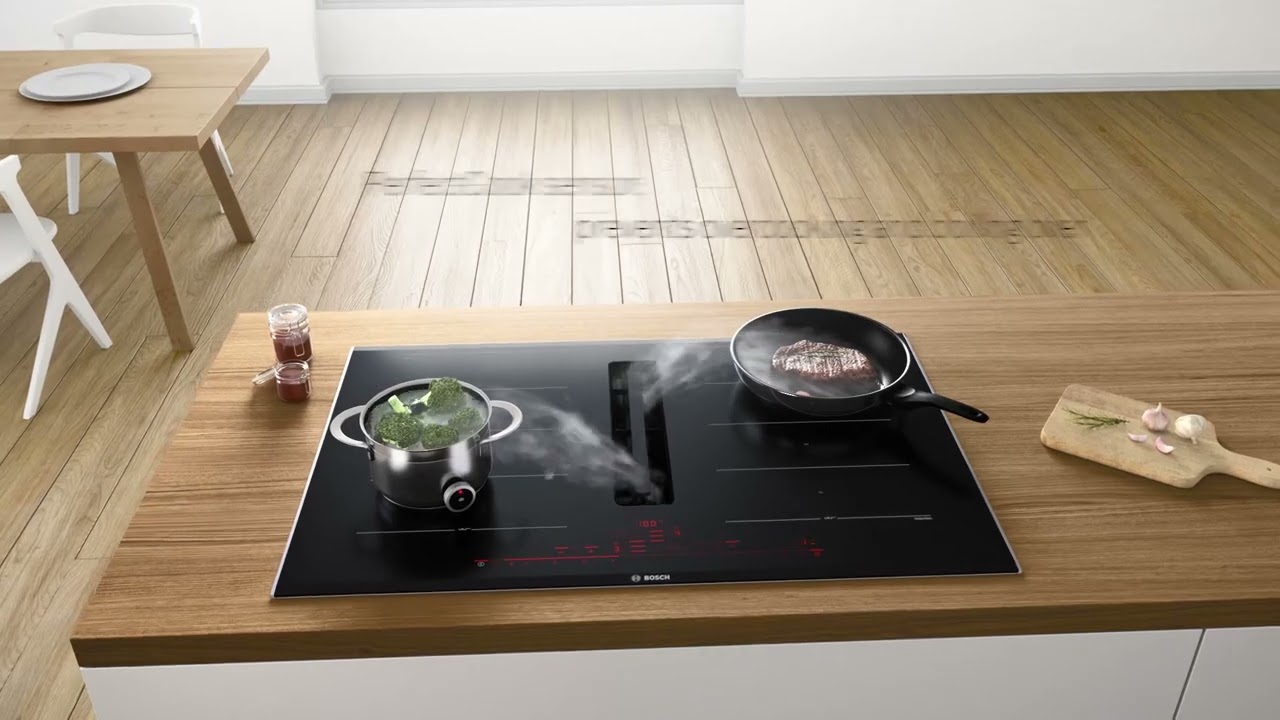
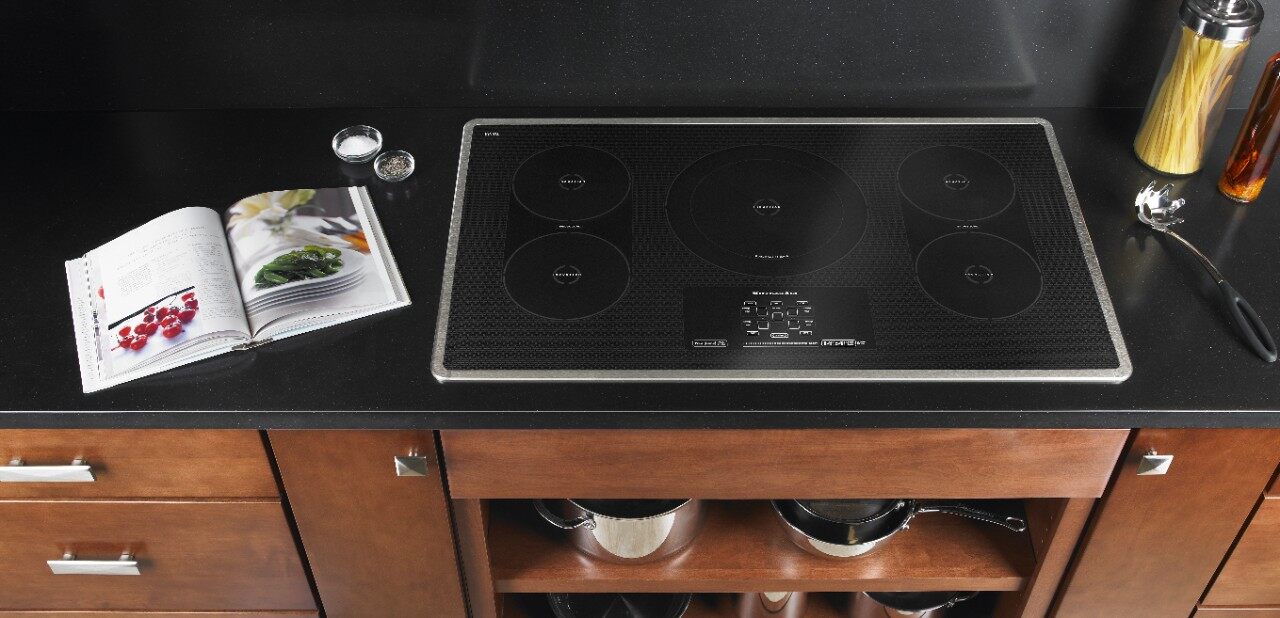
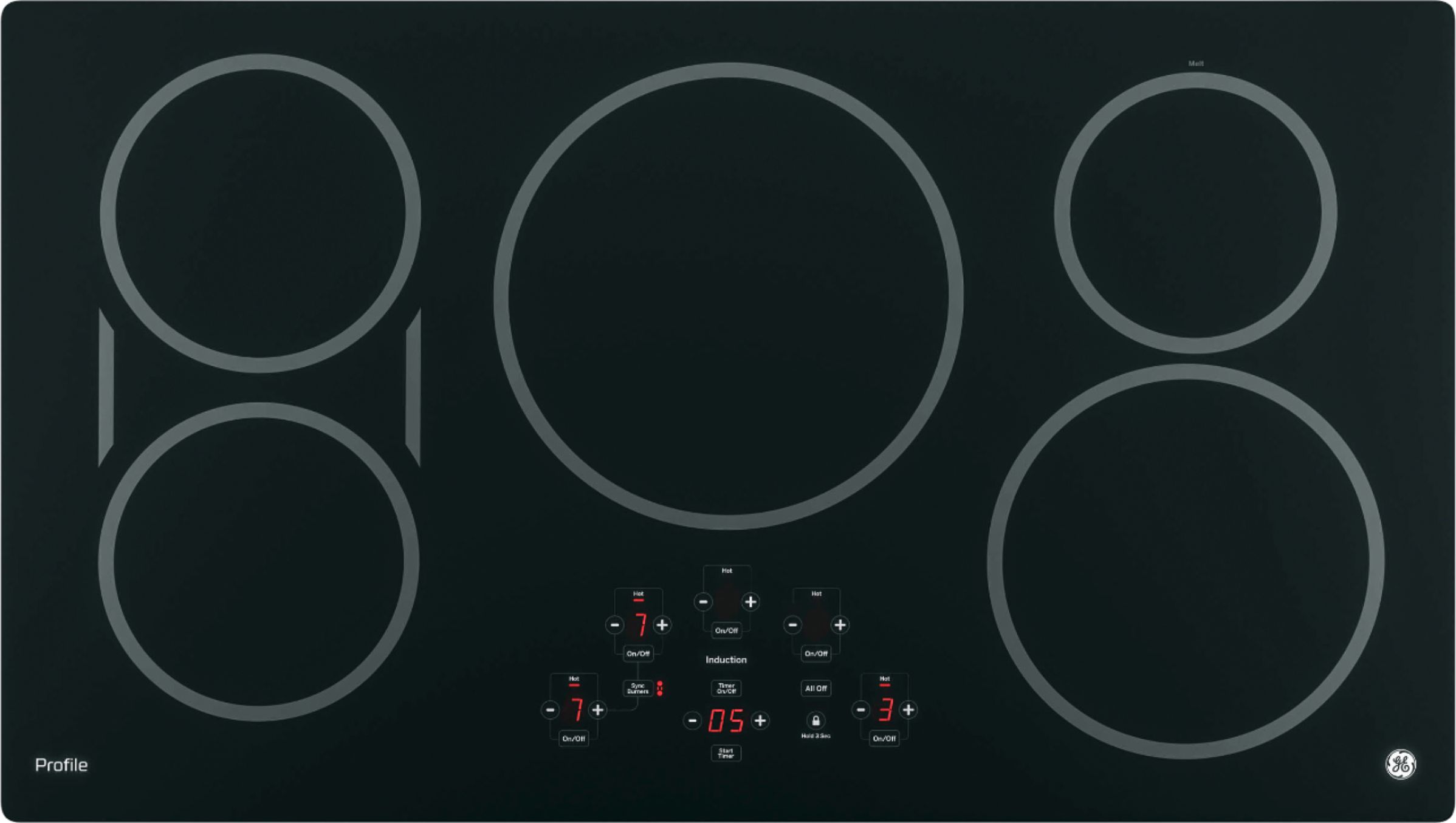
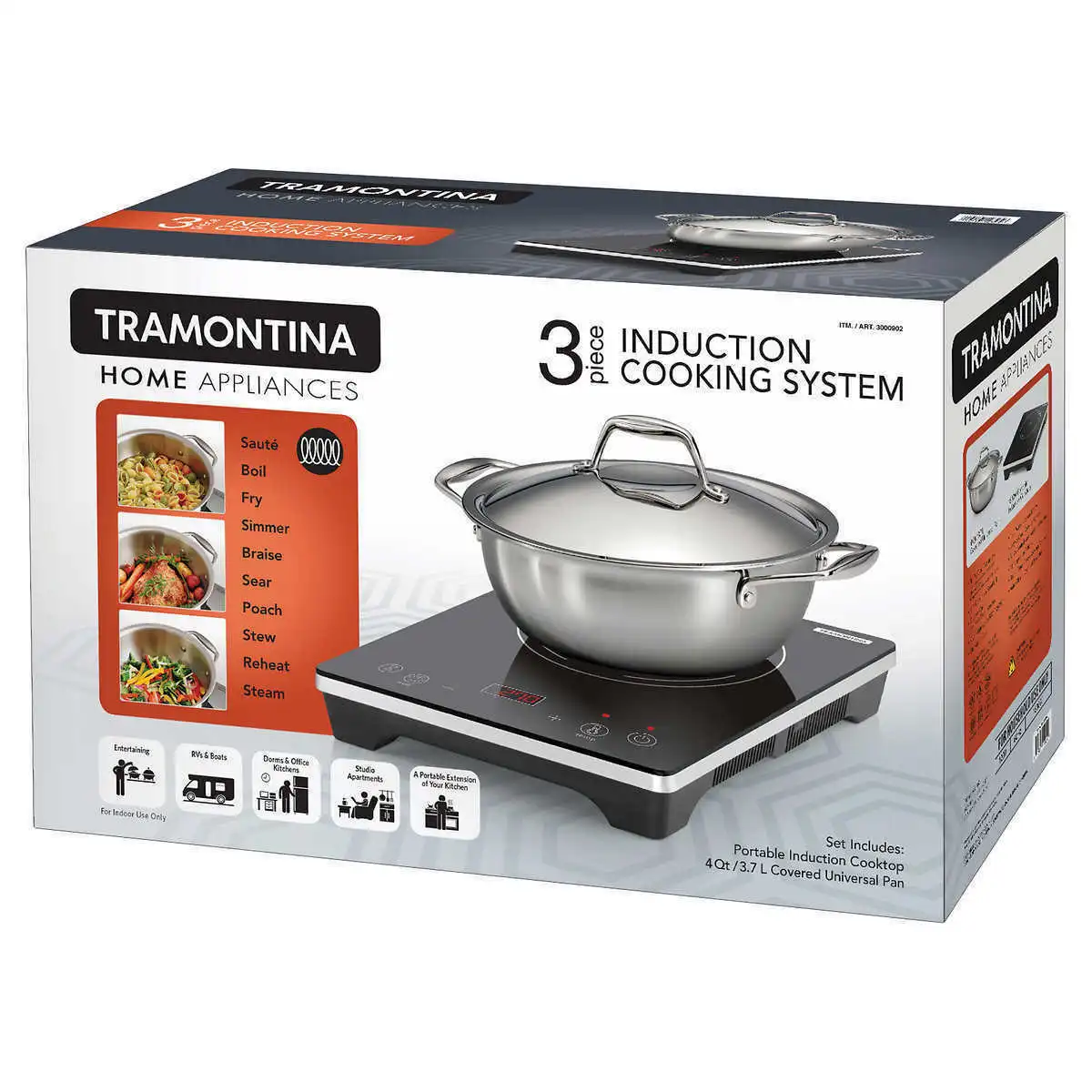
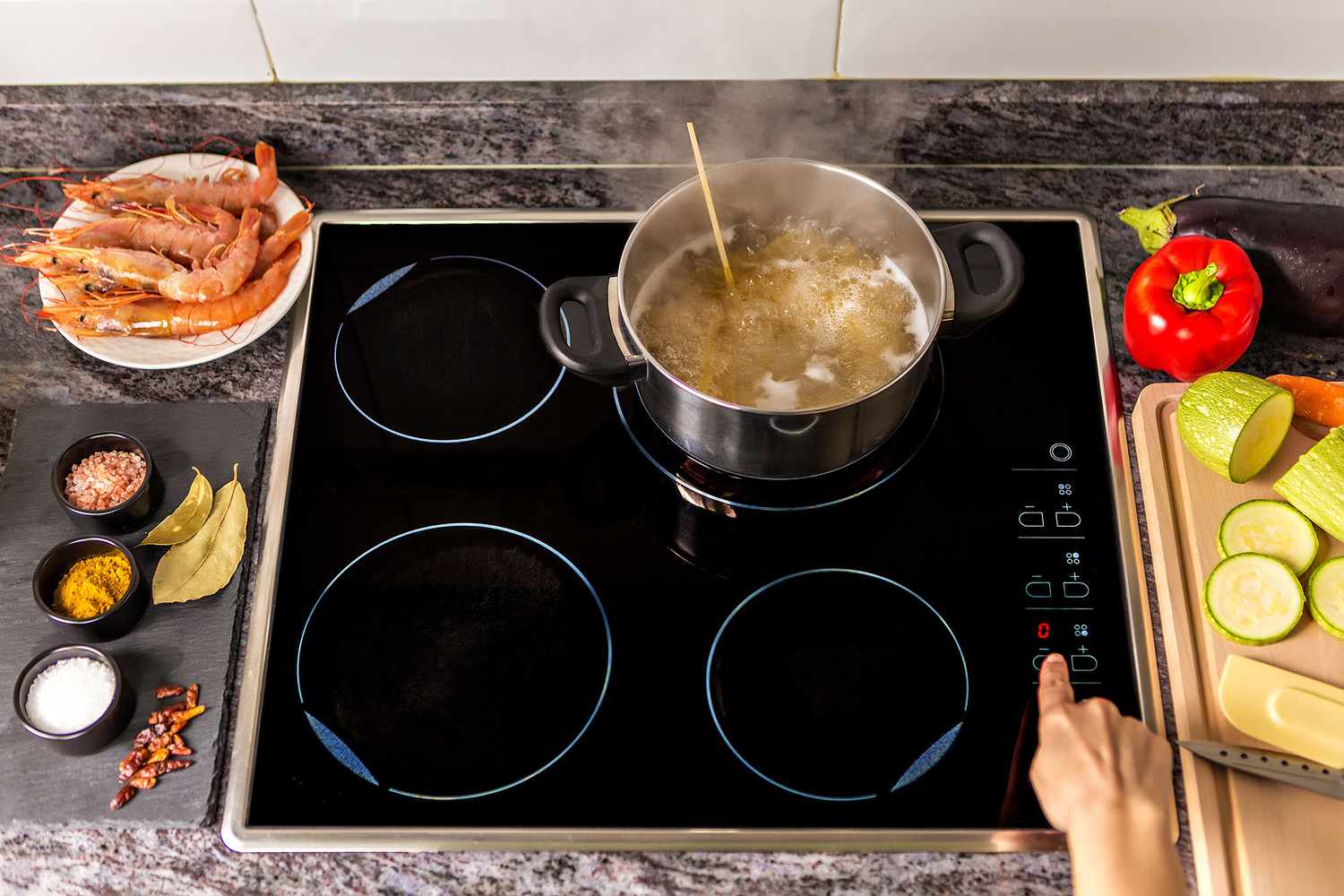
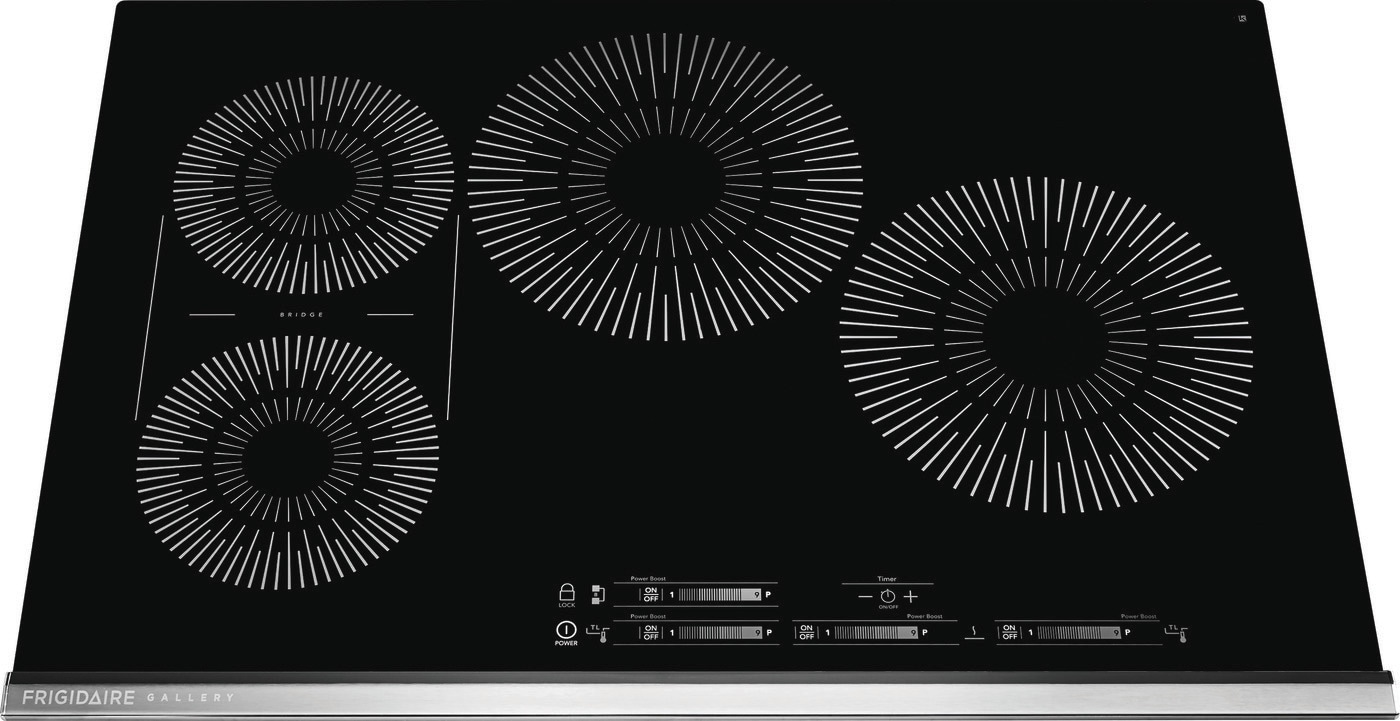
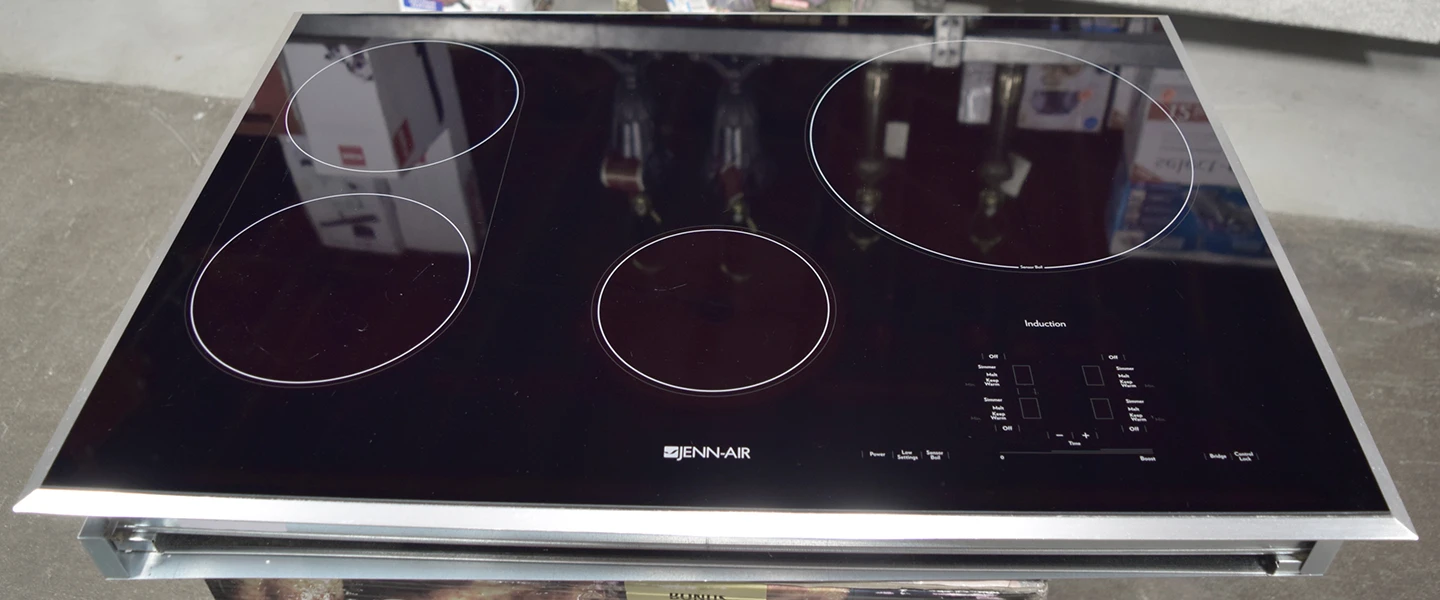
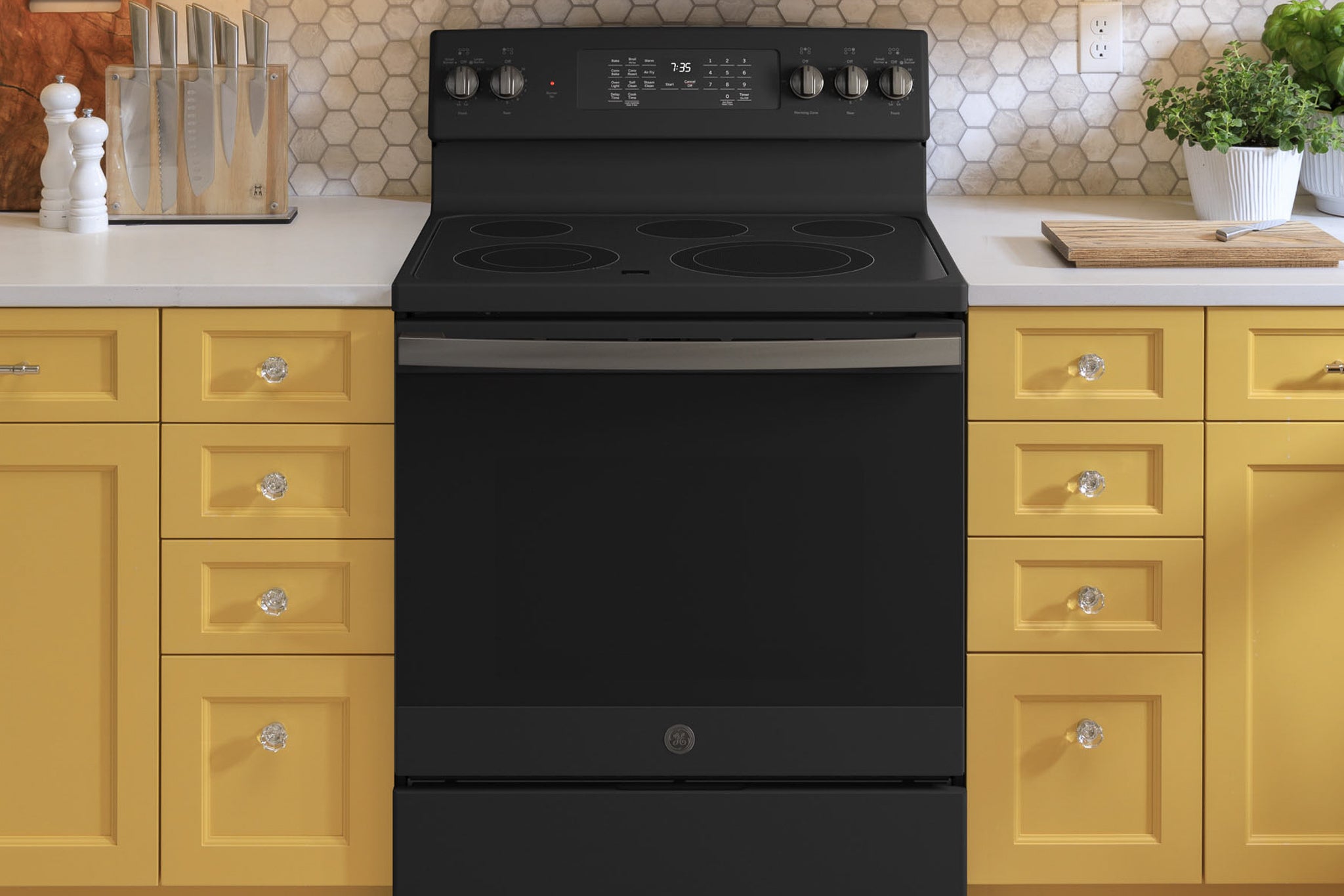
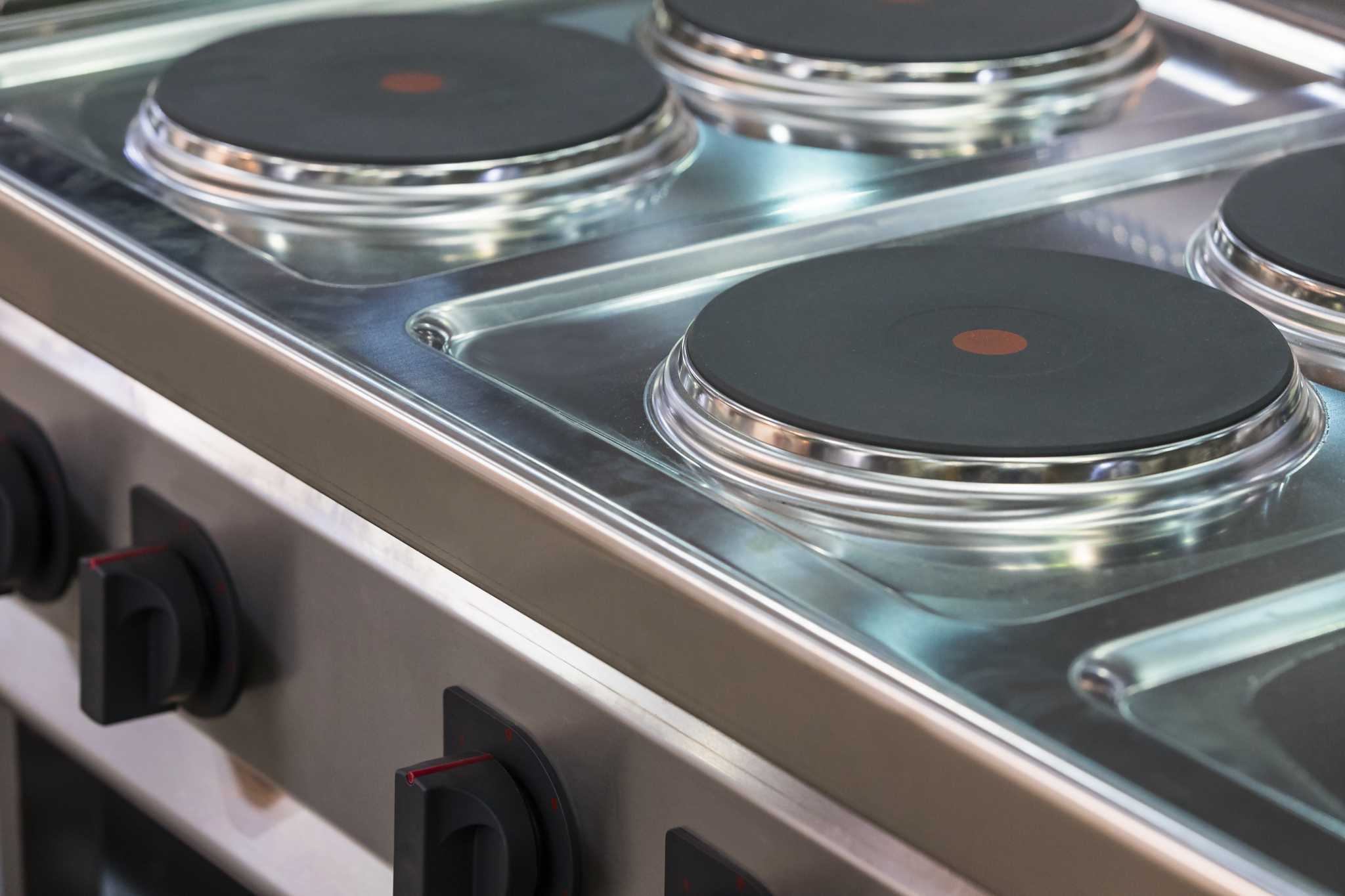
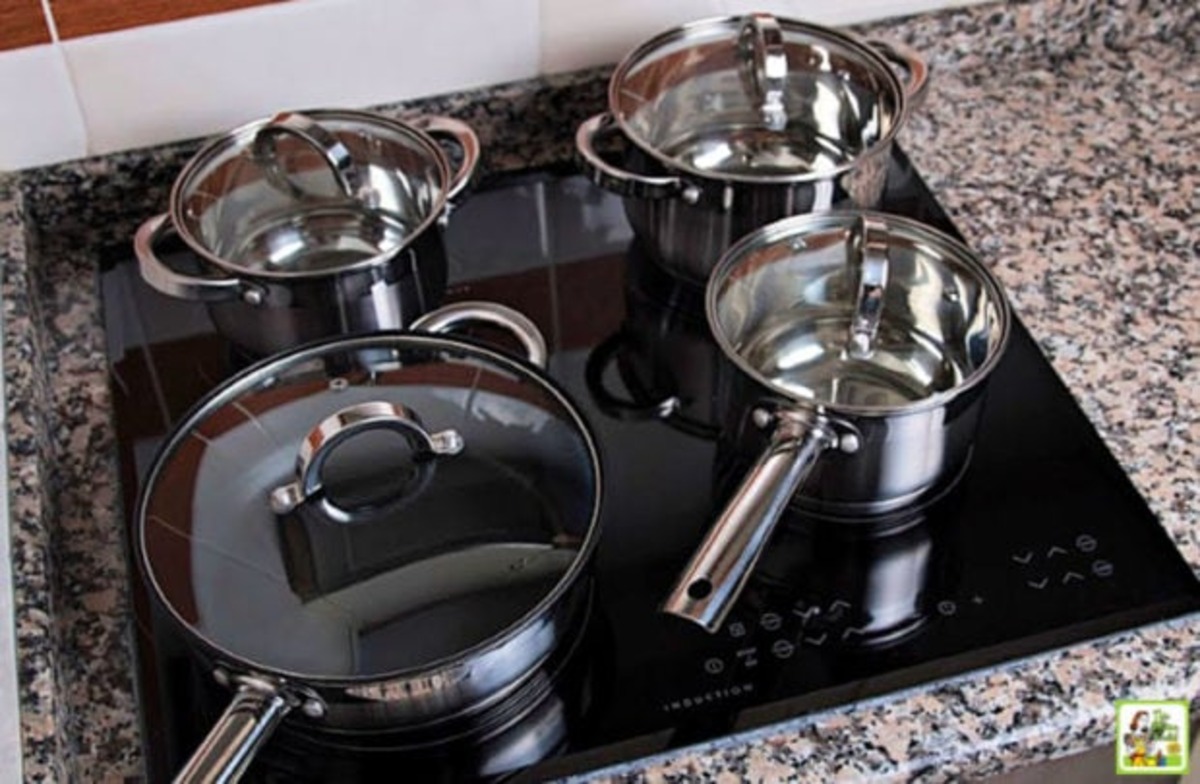
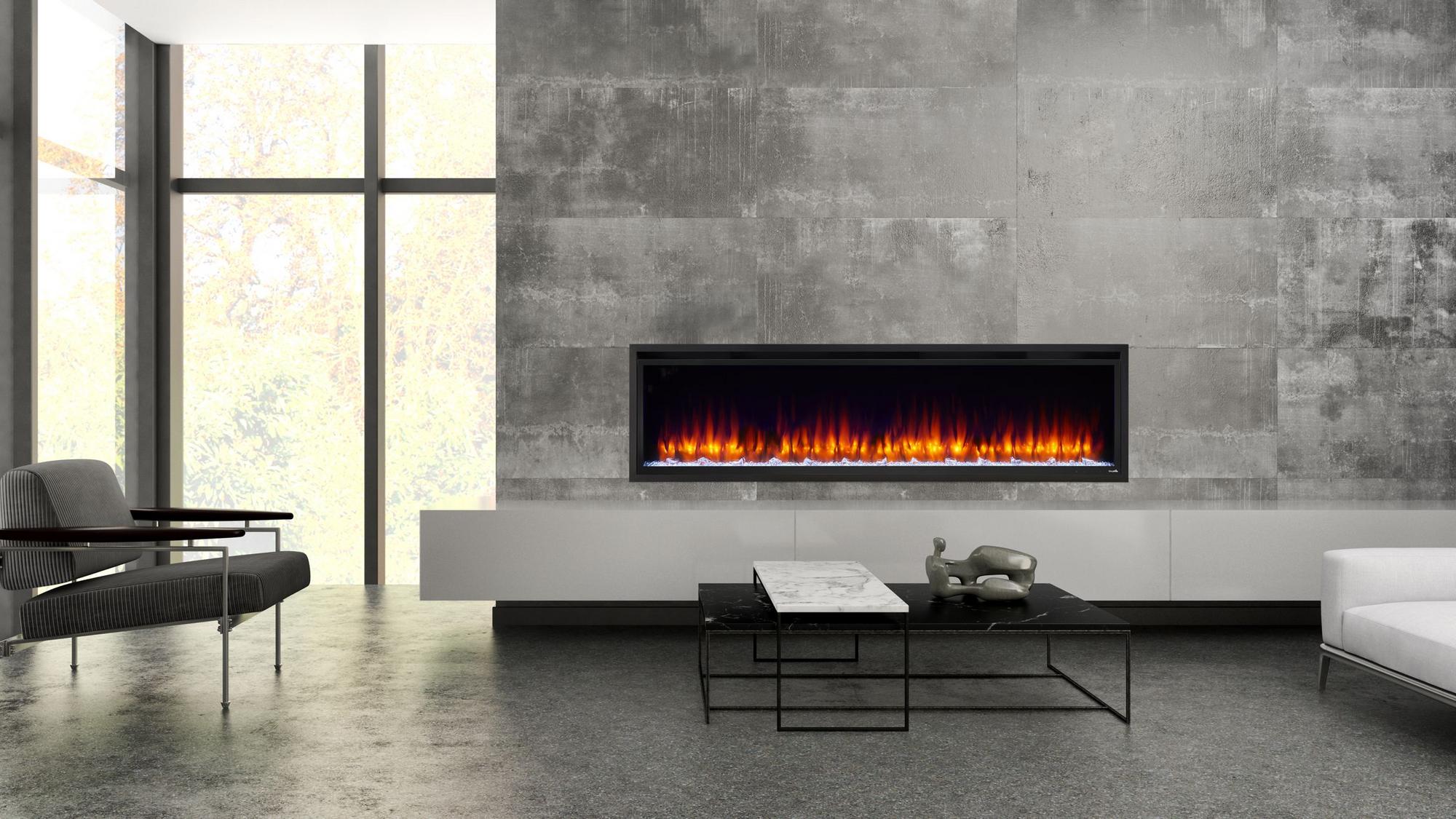
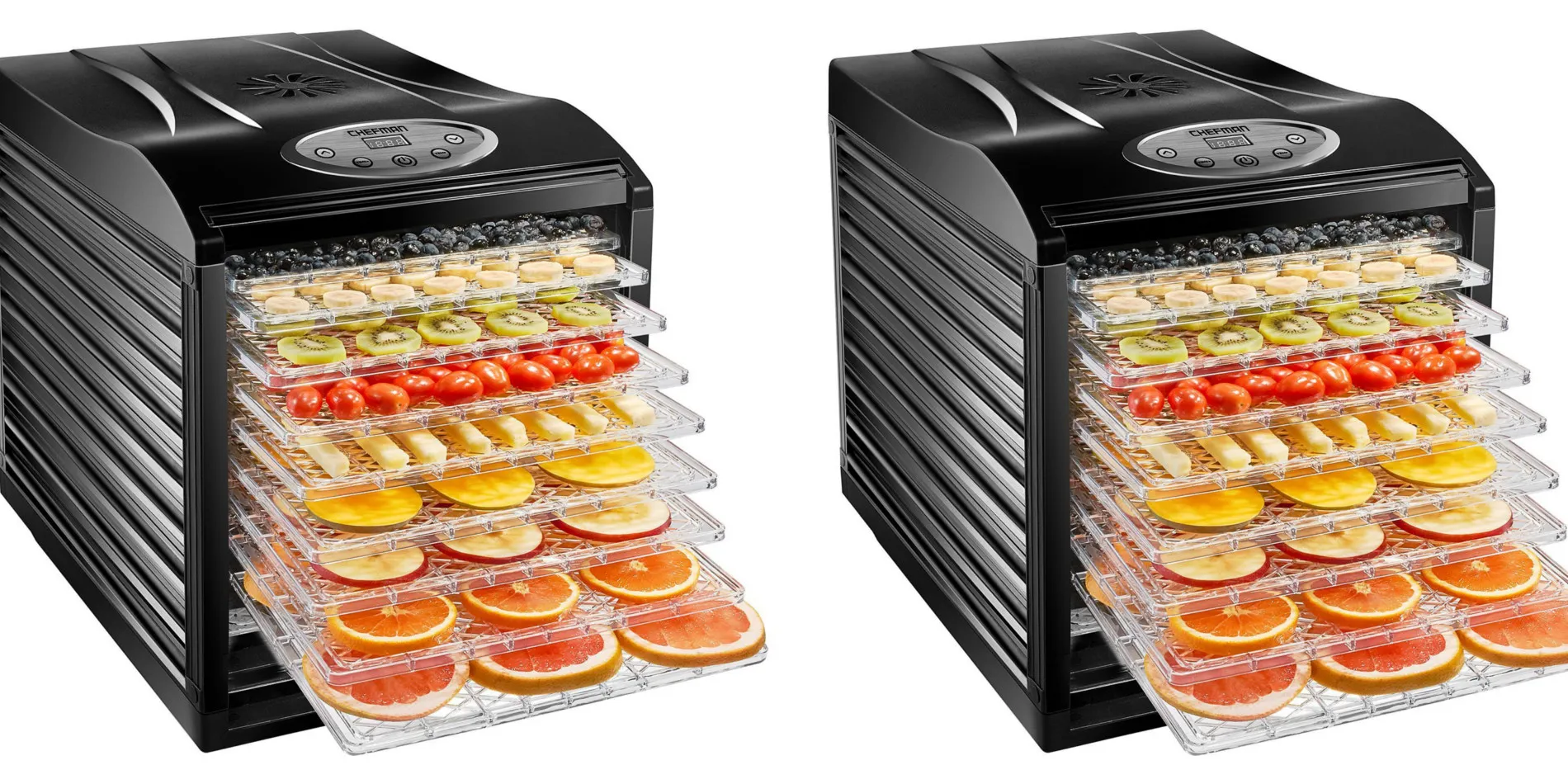
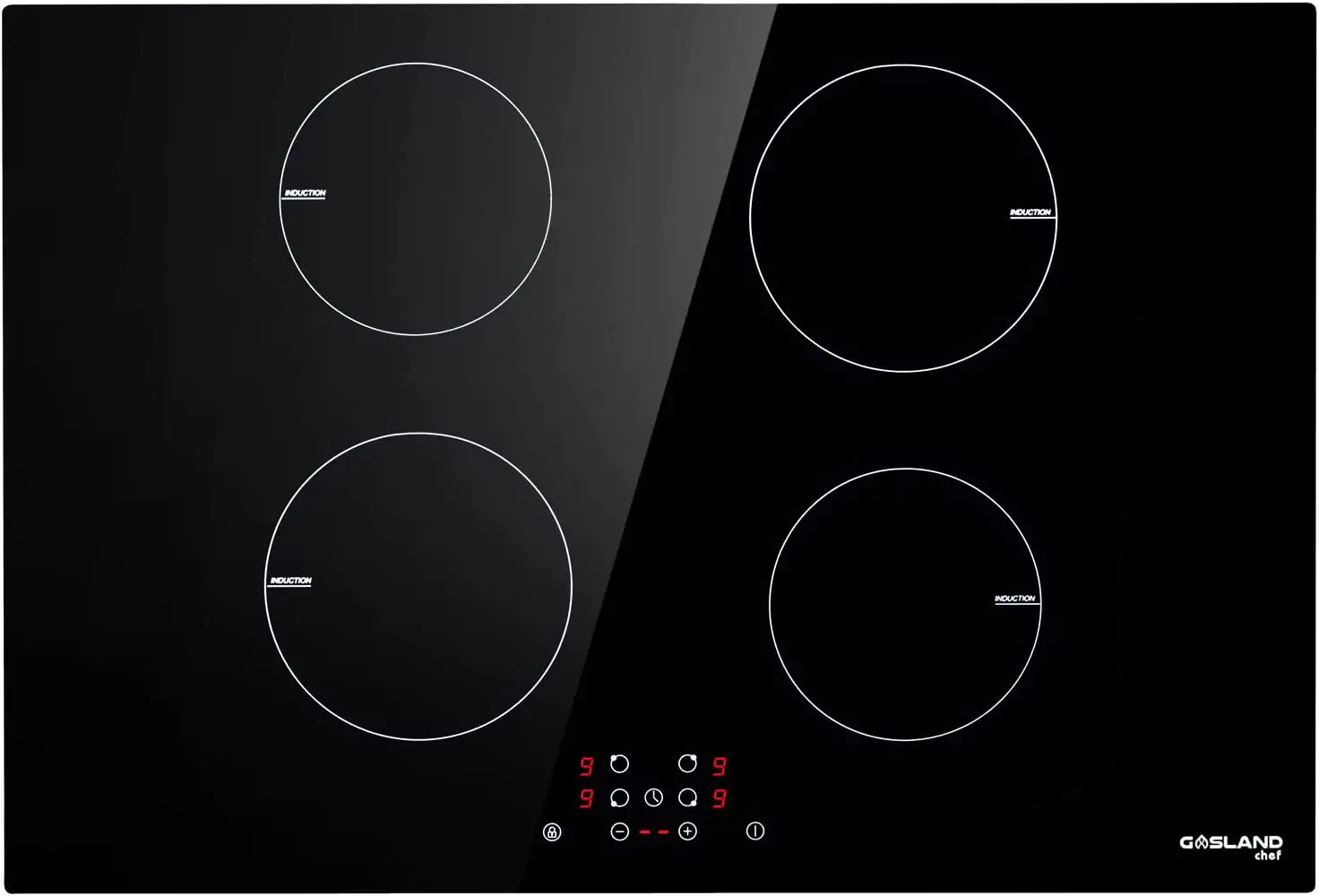
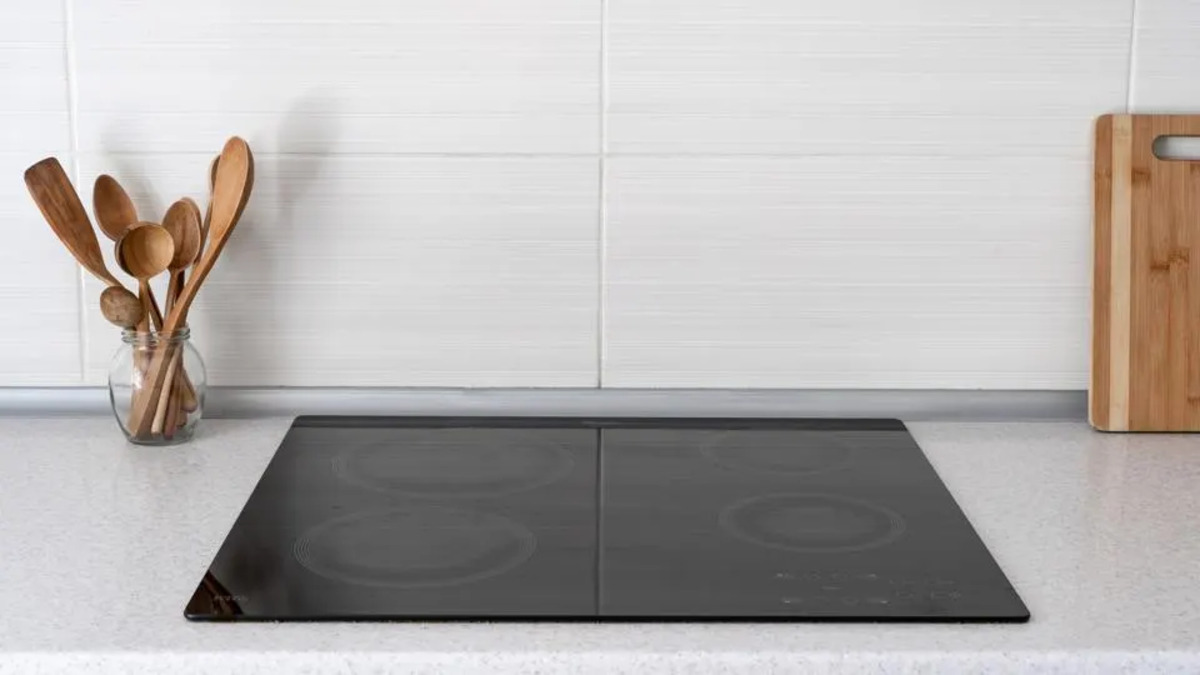

0 thoughts on “How Much Electricity Does An Induction Cooktop Use”